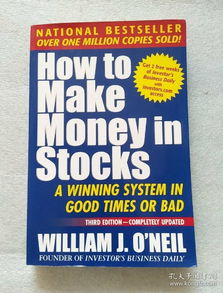How to Make Counterfeit Money with a Printer
Creating counterfeit money is illegal and unethical. This article is for educational purposes only and should not be used to commit any illegal activities. The following information is provided to understand the complexities and challenges involved in the process.
Understanding Counterfeit Money

Counterfeit money is fake currency that is designed to look identical to genuine money. It is often created using high-quality printers, scanners, and other specialized equipment. The goal is to make the counterfeit money indistinguishable from the real thing.
Materials Needed

Before you start, you’ll need the following materials:
| Material | Description |
|---|---|
| High-quality printer | One that can print in color and has a resolution of at least 1200 dpi. |
| Scanner | For scanning the genuine currency to use as a template. |
| High-quality paper | Similar in texture and weight to genuine currency paper. |
| Special inks | Inks that are similar in color and texture to the inks used in genuine currency. |
| Microscopic features | Such as watermarks, security threads, and holograms. |
Scanning Genuine Currency

Start by scanning the genuine currency you plan to copy. Ensure the scanner is set to the highest resolution possible. This will provide you with a clear image to use as a template.
Designing the Counterfeit
Use graphic design software to create a template based on the scanned image. Pay close attention to the following details:
- Color matching: Ensure the colors are as close as possible to the genuine currency.
- Texture: Use high-quality paper and inks to replicate the texture of genuine currency.
- Security features: Include watermarks, security threads, and holograms.
Load the high-quality paper into your printer and select the appropriate settings for color and resolution. Print the template you created in the previous step. Ensure the printer is set to print in color and has a resolution of at least 1200 dpi.
Finishing Touches
Once the counterfeit money is printed, you’ll need to apply the finishing touches to make it look more realistic:
- Apply a clear coat: Use a clear coat to protect the counterfeit money and make it more durable.
- Touch up any imperfections: Use a fine-point pen or marker to correct any mistakes or imperfections.
- Practice handling: Practice handling the counterfeit money to make it look more natural.
Legal and Ethical Considerations
Creating counterfeit money is illegal and unethical. The consequences of being caught can be severe, including fines and imprisonment. It’s important to understand the risks involved before attempting to create counterfeit money.
Conclusion
Creating counterfeit money is a complex and challenging process. It requires specialized equipment, materials, and skills. However, it’s important to remember that creating counterfeit money is illegal and unethical. This article is for educational purposes only and should not be used to commit any illegal activities.



